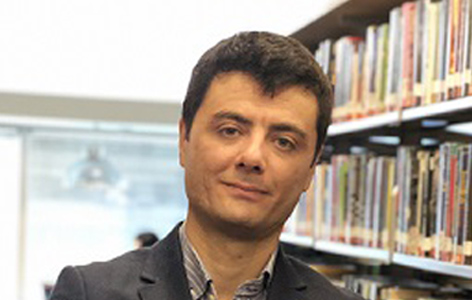
Conference: XXVII Congress of International Society of Biomechanics (ISB2019) and 43rd Annual Meeting of the American Society of Biomechanics (ASB2019), July 31–August 4, Calgary, Canada
Conference Highlight: “What is ‘true’ in science changes continuously and you will be part of that change.” – Walter Herzog, PhD, Conference Chair
Conference Summary: ISB2019 focused on advances and applications of biomechanics, drawing over 2,100 attendees from around the world to the Calgary Telus Convention Centre. The conference offered a diverse selection of plenary sessions, panel discussions, tutorials and poster sessions covering a breadth of research including gait modeling, osteoarthritis, sports injury and the impact of age on locomotion.
Of particular interest were sessions on walking in elderly and neuromechanics of locomotion. Professor Heike Vallery from the Delft University of Technology presented research on the Gyro Backpack, a device to help individuals recover from falls, which is based on the principles of gyroscopes. Regarding the neuromechanics of movement, Professor Francisco Valero-Cuevas from the University of Southern California gave a nice talk on “feasibility theory” which tries to unify different theories of motor control such as synergetic-, probabilistic- and optimization-based approaches. There were also sessions on the use of deep artificial neural networks in gait. In these sessions, different researchers introduced their algorithms for markerless motion tracking. These technologies can help to record individuals’ gait out of the lab using normal video cameras.
ISB2019 also included teaching symposia (i.e., American Society of Biomechanics Teaching Symposium) where presenters described their experiences with applying different methods of teaching biomechanics courses including active learning approaches. Some of the educational materials presented in the symposia are available through the ASB Teaching Repository, which can be found here.
This year’s conference is nicely summarized by conference chair, Walter Herzog, who wrote, “…[in a conference] I enjoy thinking about what others presented, trying to understand what they had discovered, following the logic or discovering the fallacy of an argument, asking questions formally,… what pleasure, what privilege to be a scientist, to be exposed to the best, to interact and listen to the leaders in the field.”




